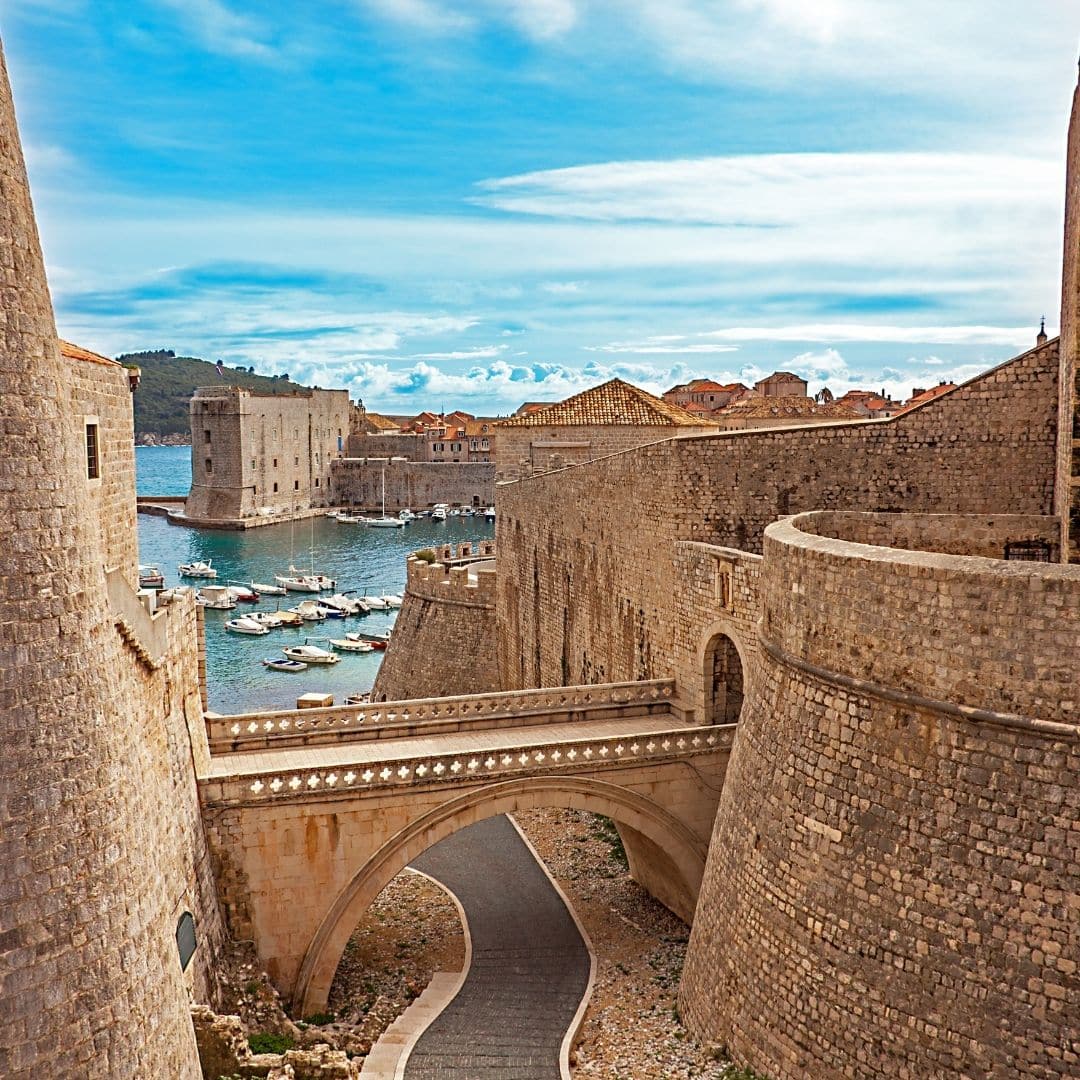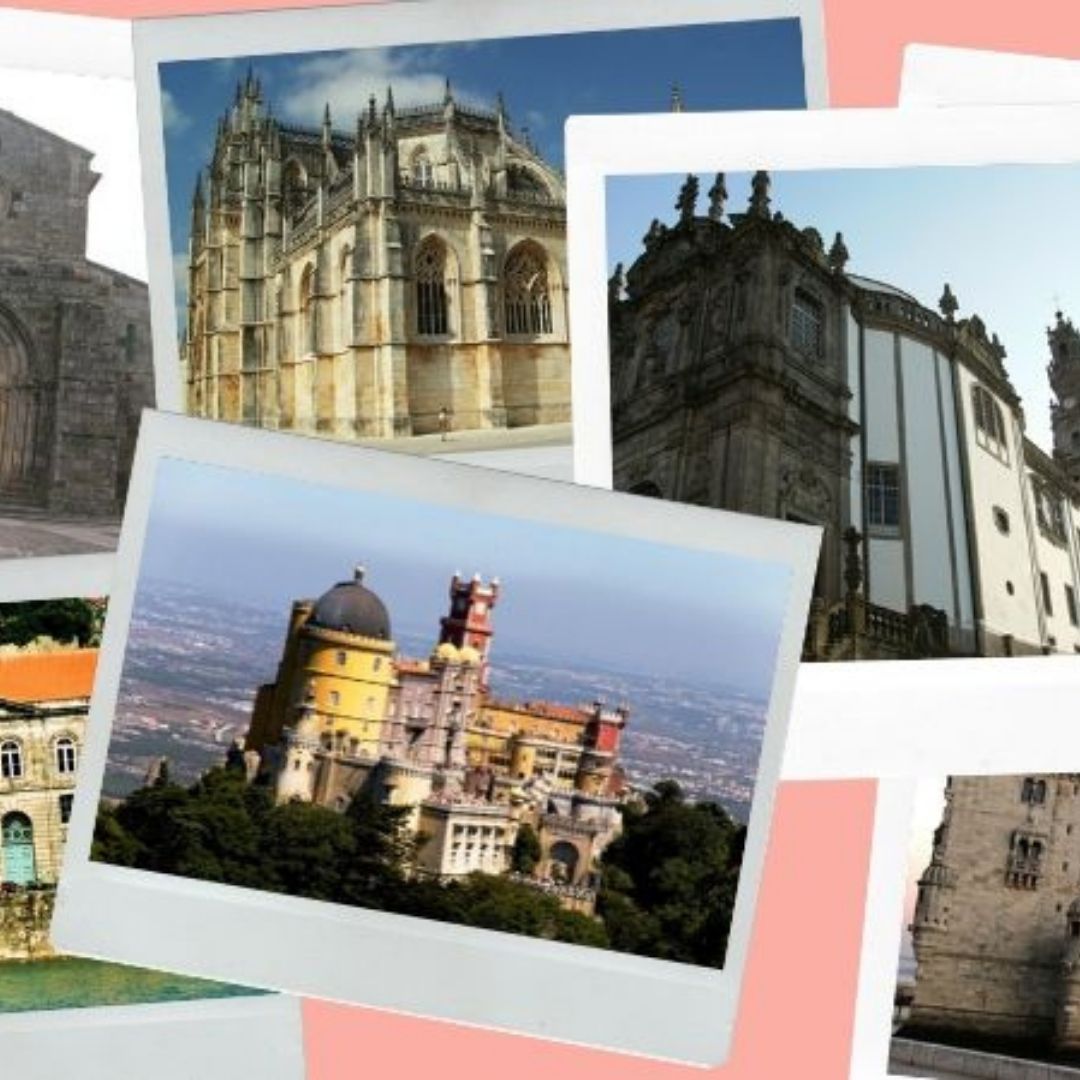What is an Architectural style – An architectural style is a set of formal characteristics present in buildings, such as structure, layout, materials, and decorative language, which identify them in their historical and geographical context.
Never forget that the definition of architectural style is not usually contemporary to the building itself, but rather created by art historians for the purposes of study and classification.
How do you identify an architectural style ?
When we look at a building or monument, the first major classification that occurs to us is the architectural style which we identify more or less easily.
The greater or lesser ease in identifying the architectural style of a building has to do, on the one hand, with the building itself, and with the fact that its formal elements are mostly consistent with what is defined for a given style.
On the other hand, with the knowledge or familiarity that the observer has with these same elements.
Let’s get a better understanding of what is architectural style by looking at some examples
1 – What is architectural style ?
Can you identify the architectural style in the following image?

The Chapter window of the Convent of Christ in Tomar, Portugal, is an ex-libris of the Manueline style.
Formal decorative elements
And it contains the formal decorative elements attributed to this architectural style
The observer’s experience
Thus, for an observer who was born, lived and studied in Portugal, the identification is obvious.
But Manueline is exclusive to Portugal and has a very close relationship with a certain period of our history.
An observer coming from other cultural contexts will probably have difficulty “arranging” the decorative profusion of Manueline in their own concepts of architectural style.
2 – What is architectural style definition?
As mentioned before the expression “style” when applied in the context of architectural history is not contemporary with the buildings themselves.
These are later designations which, within the scope of the study of art history, have the objective of framing and classifying historical periods according to certain characteristics:
- Formal characteristics.
- Construction Methods
- Decoration.
- Materials.
- Plan.
- Structure.
- Historical frame
- Region
For example, the Gothic style

In the Gothic style the verticality, luminosity, and apparent lightness of the structures lead to their identification.
Just like the typical structural elements such as the vaults and the ogival arches and the flying buttresses.
Sub-categories and designations
Did this architectural style develop in the same way all over Europe? No.
That is why we have, even for the purpose of better classification:
Sub-categories based on the historical period as the Proto-Gothic, the High Gothic and the Late Gothic.
Designations based on decorative typologies such as Radiant Gothic and Flamboyant Gothic.
And geographical designations like English Gothic, and what is often referred to as Manueline Gothic that we talked about previously.
Still based on this example, we will see how the typologies of formal elements typical of an architectural style are revived in other historical periods.
3 – What are the Architectural style revivals

In the history of architecture we often find, centuries later, revivals, especially in terms of decorative elements.
With Charles Barry, Augustus Pugin was responsible for one of the most significant Neo-Gothic structures of the 19th century – the Palace of Westminster.
Also known as the Houses of Parliament, they were rebuilt in Neo-Gothic from 1840 onwards after the old building had been destroyed by fire.
But this is only one example among many that the history of architecture offers us.
Once again we have to bear in mind that stylistic analysis and identification implies the building’s historical framework, its history over time, and the architects who worked on it.
4 – What about the genius architects we can’t “organize”?

When we refer to architectural style, we may also be referring to an architect’s own style.
For example, the brilliant Antoni Gaudí was born in 1852, in Catalonia.
In Barcelona he studied architecture, lived and worked, which justifies the presence of most of his work in that city.
He developed a new innovative aesthetic that changed the face of the city of Barcelona.
He quickly distinguished himself from other architects due to his talent, inexhaustible creativity, and innovative character combined with tradition.
His most emblematic work, the Sagrada Familia, is still unfinished, but this monument is nevertheless an extraordinary legacy for the City of Barcelona and the history of architecture.
FAQ
What is architectural style definition
The typical definition refers to the distinct characteristics and features that define a particular way of designing and constructing buildings. These styles are influenced by historical, cultural, technological, geographic and functional factors.
How many architectural styles exist?
Since this is a designation that aims to classify buildings according to their characteristics, it is not possible to determine how many architectural styles there are. Scholars can create new categories or sub-categories based on one or more differentiating characteristics.
How to identify architectural styles
Based on prior knowledge of the building's formal characteristics in terms of construction, decoration, materials and structure. But also from its historical and geographical context, without ever forgetting the observer's own experience.
Conclusion
When we think about what is architectural style we have to bear in mind that this designation is not contemporary with the buildings themselves. Rather, it is a form of classification within the scope of the History of Architecture in order to better analyze the buildings themselves, placing them in the context of space and time. Architectural style are thus very broad designations with various nuances.





